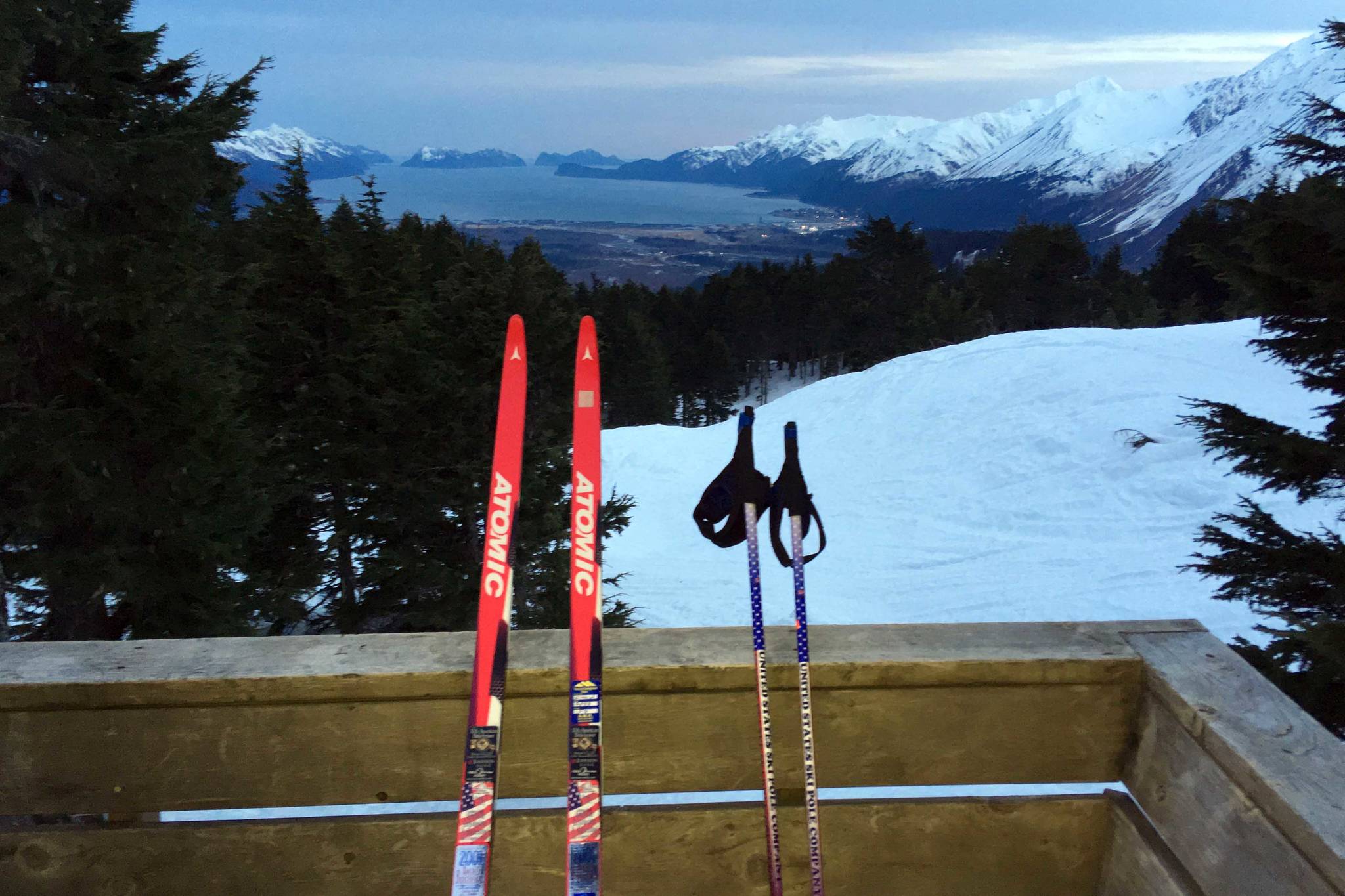In January, it took allusions to neuroscience, the Green Bay Packers and Metallica for me to explain in this space how the Culture of the North can inform a successful transition from summer to winter.
Now it’s April. Surely a column is not needed to instruct a successful transition from winter to summer.
I mean, it’s summer. Everybody loves summer, right?
Logic says the transition should be easy. Google says not so fast, as does Clarion columnist Kat Sorensen.
Type in “spring SAD,” for seasonal affective disorder, into the all-knowing algorithm and plenty of articles emerge about depression.
Sorensen, earlier this month, called a more subtle phenomenon the “Here comes the sun malaise.” The first sunny signs of spring have her bouncing off walls and up mountains, but this soon turns to a “melancholic limbo.”
The Culture of the North concept taught by Alan Boraas, professor of anthropology at Kenai Peninsula College, is as useful in spring as it is in fall.
Boraas says language is important, because it sets expectations. We carelessly import language that doesn’t fit the North at our peril.
How does the Lower 48 speak of spring? In March, there’s page-turning talk of spring break, spring fever, spring training, spring cleaning and Opening Day for the boys of summer.
April brings Easter and the Masters, and whether it’s Jesus or Tiger Woods, both events are loaded with feelings of a new season of brilliant and glorious growth.
The problem is the March and April of the Lower 48 are not the March and April of the North.
Yes, there will usually be a spate of glorious weather during these two months that sets expectations soaring.
I’ve been here for over 20 years, though, and know March as a month where Tsalteshi Trails is still covered with snow and April as a month where “spring” sports coverage requires a poofy down jacket.
Increasing daylight, a few brilliant days and Lower 48 media all scream, “Summer’s almost here.” Winds off Cook Inlet scream something else entirely. Melancholic limbo ensues.
The solution lies outside, not Outside.
“What does the day bring you?” Boraas said in November on “Kenai Conversation” on public radio station KDLL. “It’s not about planning your own activities, it’s about adapting to the day.”
Boraas said getting out each day and moving on the landscape for an hour or so is critical.
“It’s recreation, but it’s really more than recreation,” he said. “It is critical to the health and survival and mental health in the North. And it’s not hard.”
In fact, it’s often epic, because snow does funny things in spring before it, as Deborah Landau wrote, “retreats without complaint.”
It can hang on long enough to ski Tsalteshi comfortably in shorts and a T-shirt.
It can form crust, providing rocket-fast skiing or pavement-easy snowshoeing at places that are normally hard or impossible to reach. Crust skis on Skilak Lake, the Kenai River ice shelf and a complete circuit on Crescent Lake are among my most memorable experiences in Alaska.
It can also form a creamy corn perfect for skiing down mountains or, even better and as proven last week, it can fall as angelic powder in late April.
Problem is the good stuff climbs up the mountains. It hides farther and farther away, mushifying earlier and earlier every day.
The rubber band snaps. You don’t want to get up at 4 a.m. and drive 22 miles out Homer’s East End Road to ski crust. You don’t want to haul your tele gear up a muddy, slushy trail to try and find a few turns. You’ve fallen through bad ice into Headquarters Lake once, and you don’t want to do it again.
Head down in melancholy, defeat is conceded, until you look up and are struck with a startling realization.
Hey! It’s summer.

